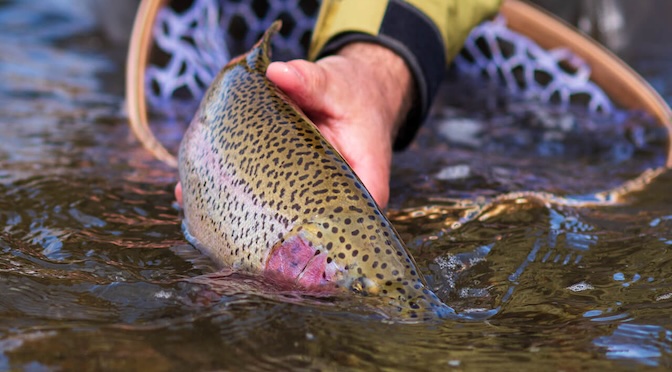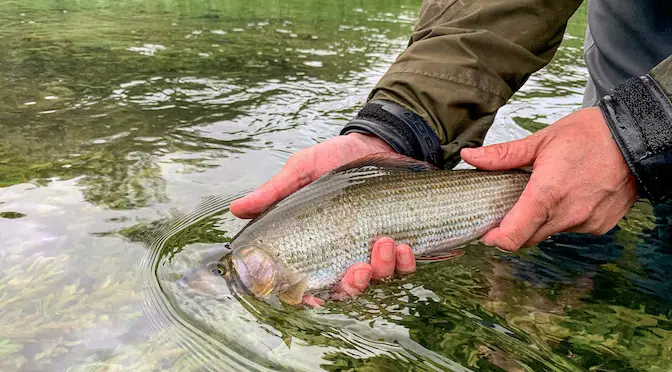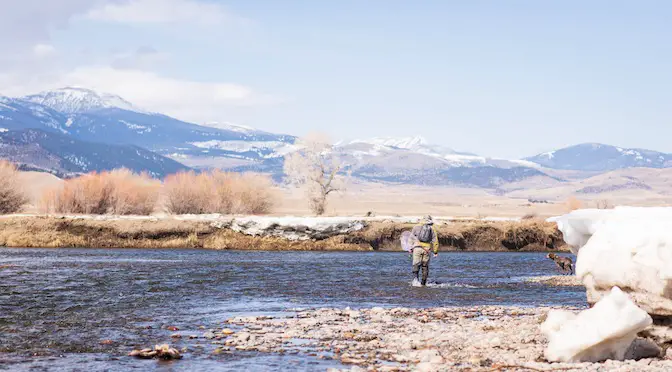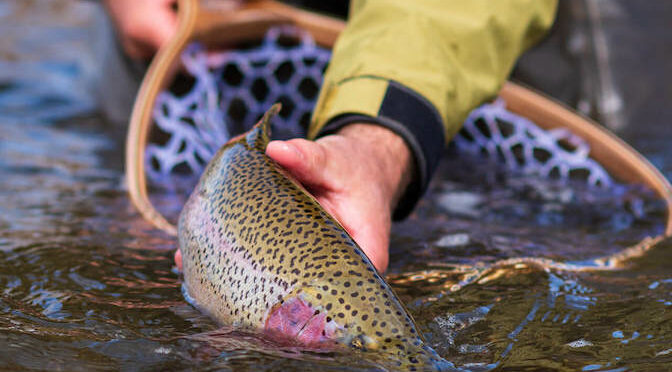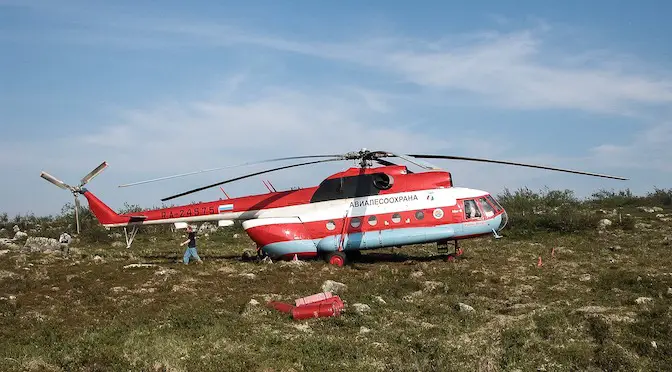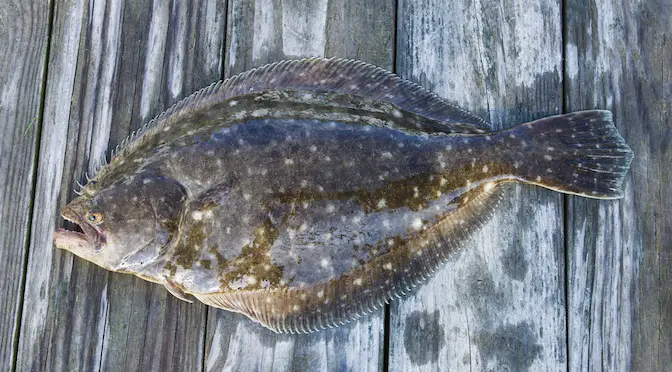- Wading Wisdom #13 – Simon Gawesworth - July 7, 2025
- On the Water with the Korkers Bantam Lite - June 26, 2025
- How to Find Trout in Rivers & Streams Anywhere - June 13, 2025
In my eyes, there are few things more exciting in fly fishing that casting to a rising fish.
The Beauty of Insect Hatches
When the surface of a serene river comes alive with the delicate rise of trout sipping insects off the top, it marks the essence of dry fly fishing. Insect hatches, the natural emergence of aquatic insects, set the stage for a visual spectacle and a rewarding angling experience.
You have to understand that trout in particular (we’ll focus on this species since most fly fishermen will probably target these beautiful fish at some point) consume about 90% of their food underwater in the form of nymphs, small crustaceans and small baitfish. That means that dry fly action is rather rare but there are times of the year when depending on the river and location, amazing hatches appear and trout understand that there are big meals to be had on the surface.

Observation is Key
Oftentimes such hatches appear during the late evening hours. The key to having a successful fishing session in such moments is observation. On some occasions, the hatches are so wild that trout will go crazy and feed upon any fly presented to them as long as it looks somewhat similar to the real insects that are hatching.
On other occasions though, trout will feed on dry flies but only very carefully. In those moments it’s key to understand which insects they are feeding on exactly to be able to match them not only in color but also in size. The observation is however not limited to the insect itself, the rythm of the feeding and the current are two more aspects you should pay attention to. Wild trout, particularly bigger specimen, often feed in a certain rythm. That means your presentation might be right but at the wrong intervall and the fish will refuse your fly.
Another crucial aspect to pay attention to when casting a dry fly to a rising fish is the current. This is particularly true when you’ve spotted a big trout feeding in a certain spot. Before casting to that fish, make sure you’ve read the current correctly to be able to make a precise cast that will get your pattern to the fish in a natural way. As soon as you don’t do that, you’re fly will drag (the current will pull your line and the fly too fast) and the trout will immediately understand that something is not right. The only time that can work to your advantage is when stone flies are hatching as their behaviour is often dominated by quickly trying to reach the bank. In such circumstances a dragging fly can entice a strike. That happens for example during the famous salmon fly hatches in Montana.

Choosing the Right Dry Fly Patterns
The art of dry fly fishing hinges on selecting the perfect fly patterns. It’s an intimate dance between imitation and reality, demanding a keen eye and an understanding of the nuances of each insect species.
Mayflies: The Delicate Dancers

Mayflies, with their elegant dance above the water, demand imitations like Adams, Blue-winged Olive, or Hendrickson patterns. Matching their distinct characteristics is the key to success. Here again, what I said before, holds true: spend some time looking around when you get to the river to understand the size and color of the mayflies the fish are feeding on. Remember: not all mayflies were created equal.
Caddisflies: The Erratic Flutterers

Caddisflies, with their sporadic movement, call for Elk Hair Caddis, Goddard Caddis, or X-Caddis patterns. These imitations mimic the unpredictable dance of the natural insects. What I love about caddies flies is the fact that they are a great pattern to fish in fast flowing little creeks to find fish. The upside of using these flies is the fact that you will see them well enough to follow them on the surface and will immediately realize a take.
Stoneflies: The Buoyant Giants
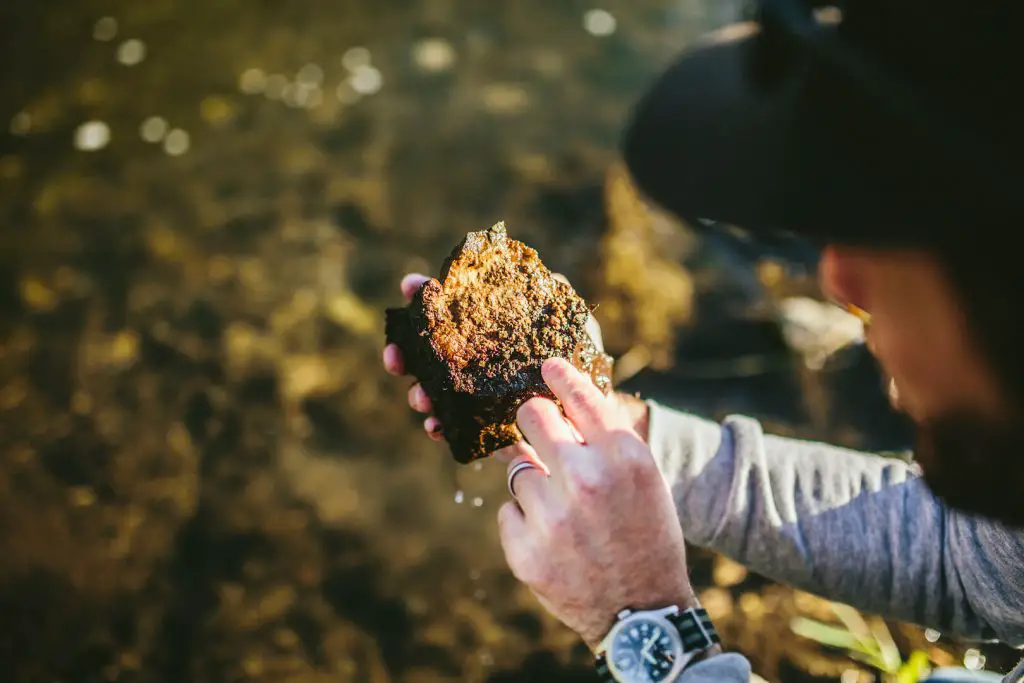
Stoneflies, larger and more buoyant, require imitations like the Stimulator or Chernobyl Ant. These patterns capture the attention of trout, making them irresistible. The larvae of stoneflies, as the name suggests, often attach themselves to the bottom side of stones. As you can see in the photo above, it can make sense to check such stones for stoneflies to know whether they populate the water you’re fishing. The full grown adults are big snacks for trout and hence high up on the menu when they hatch.
Buoyancy of your Fly

As you’ve seen, it’s crucial in dry fly fishing to imitate real life. That holds true for the size and color of the fly you’re fishing, as well as getting the drift right. Another important aspect to consider is the buoyancy of your fly. After a few casts your fly might not float as well anymore as when you took it out of the box. That might be the case evenmore when you’ve hooked and released a fish. In those cases it makes sense to apply a little powder or fluid, so called floatant, to increase the buoyancy of your pattern.
It’s worth noting that in some instances a fly that sits in the surface’s film, hence doesn’t float on top of the surface, might work even better. Such a situation can occur for example when the trout feed on spinners, insects that have died and float down the river. Sometimes they will fully ignore any other way of presentation.
As you can tell, everyting in dry fly fishing comes down to good observation in the end. What I love about this is the fact that this technique can be particularly rewarding when, only after getting all the pieces of the puzzle right, you manage to catch that one trout that was rising in a certain intervall on the other side next to an overhanging bank.

In Conclusion: Nature’s Invitation to the Dance
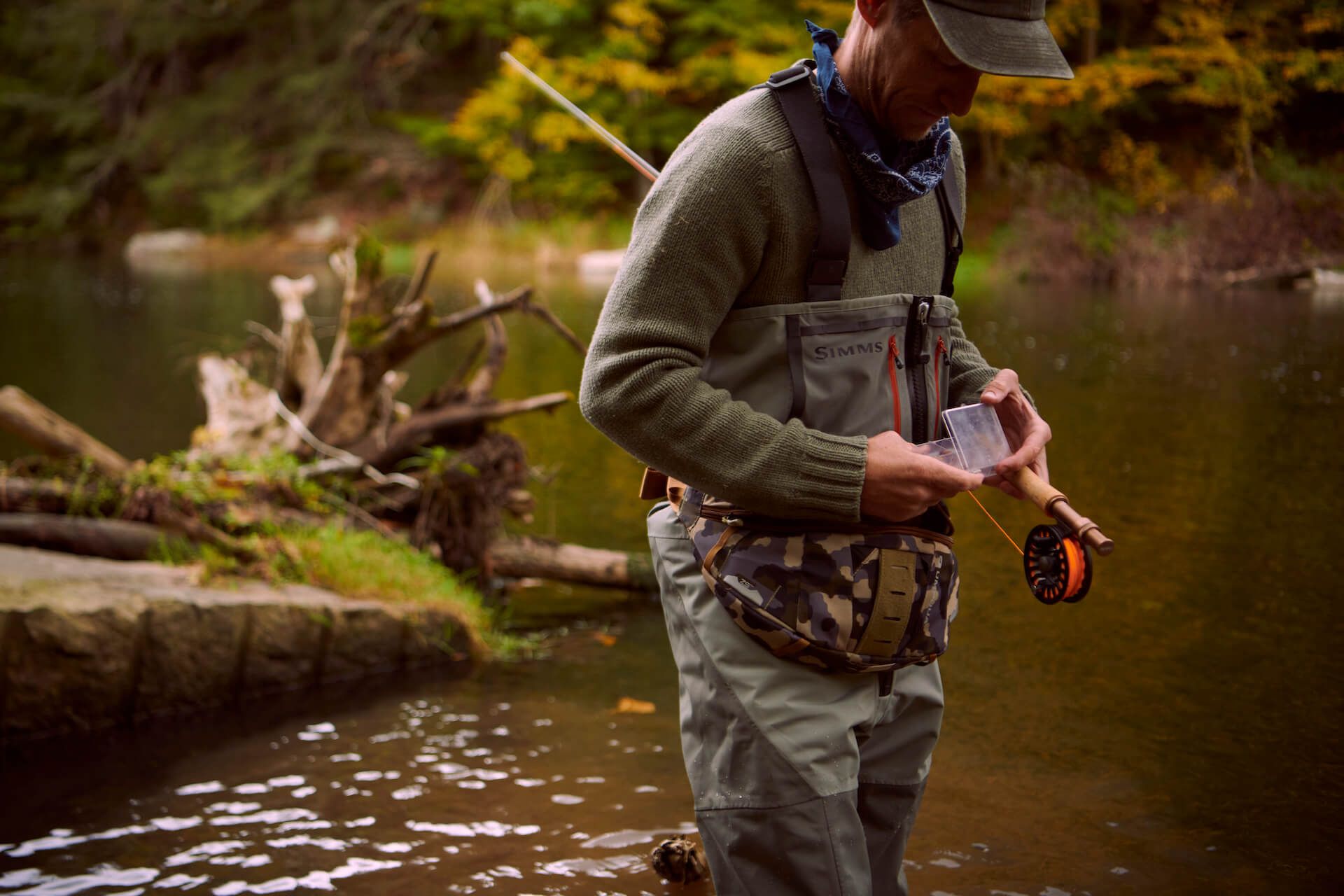
Dry fly fishing transcends technique; it’s an invitation to participate in nature’s timeless dance. Matching the hatch becomes a celebration of nature’s rhythm and an affirmation of the angler’s connection with the environment. Only if you’re willing to be part of that equation will you be successful with dry flies. It can be hard and frustrating sometimes but even more so it can be increadibly rewarding and satisfying.
FAQs: Mastering Dry Fly Fishing
Are dry fly patterns effective in all seasons?
While fishing with dry flies is often associated with warmer months, it can be successful in colder seasons. Understanding the prevalent insect hatches during each season is crucial for success.
Do I need different dry fly patterns for different types of water?
Yes, the type of water you’re fishing—whether it’s a fast-flowing stream or a calm lake—affects the choice of dry fly patterns. Matching the hatch to the specific water conditions enhances your chances.
How can I achieve a drag-free drift when presenting a dry fly?
Achieving a drag-free drift involves mending your line and understanding the currents. Practicing the art of the drift is essential for enticing trout to rise to your dry fly.
What is the best way to observe insect hatches on the water?
Patience and keen observation are key. Spend time quietly observing the water, looking for subtle rises and the types of insects present. Polarized sunglasses can also aid in spotting activity beneath the surface.
Can I use the same dry fly pattern for different insect species?
While some versatile dry fly patterns can imitate multiple insect species, it’s generally more effective to match the specific characteristics of the prevalent insects. Having a variety of patterns in your tackle box gives you flexibility.

